The community house of Luong Le village, Tan Hop commune, Huong Hoa district, was built spaciously - Photo: TL
In recent years, Vinh Linh district has always paid attention to investing in grassroots cultural and sports facilities. According to local statistics, up to now, 100% of villages in the district have cultural houses attached to community learning centers. Land use planning for grassroots cultural and sports facilities from the district to communes, villages, hamlets, and city blocks has been carried out quite synchronously.
Specifically, in communes and towns, land used for planning and construction of cultural institutions and works is 30.65 hectares; in districts, land used for cultural and sports institutions is 4.8 hectares. Having land funds has facilitated the planning and investment in construction of cultural and sports institutions in the future.
In 2024 alone, Vinh Linh district mobilized social resources to participate in cultural activities. Many localities knew how to rely on people's strength and take advantage of the participation of local businesses to carry out cultural programs, organize sports competitions, and build cultural institutions to serve people's lives.
Cultural institutions have been invested in, built and upgraded. Most villages, hamlets and quarters recognized as cultural units have poster systems, propaganda boards, and art troupes and volleyball teams practicing and competing to serve the people during holidays and Tet. Party committees and authorities at all levels have paid attention to improving the effectiveness of cultural and sports institutions by continuously organizing art, sports, propaganda, meetings and community activities associated with new rural construction.
Thanks to that, the investment in building and perfecting the system of cultural and sports institutions from the province to the grassroots has achieved important results, meeting the cultural and spiritual needs of the people, shortening the gap in cultural enjoyment between regions in the province. The province sets a goal of striving for 100% of communes, wards and towns to have cultural and sports centers by 2025; 100% of villages and residential groups to have cultural houses - village sports areas, of which 90% of cultural houses - sports areas meet standards.
Up to now, many important provincial cultural and sports projects have been invested in construction such as the square and central cultural house, stands B and C of Dong Ha stadium, multi-purpose gymnasium of the provincial sports complex, library, museum, youth activity center, swimming pool, housing for talented athletes...
Along with that, district-level cultural and sports institutions have also been invested and developed step by step. Up to now, the whole province has 5 districts, towns and cities with modern and spacious cultural and information - sports centers; 9/10 district-level cultural and sports centers, 12 entertainment areas, 5 sports halls, 7 multi-purpose halls, 4 stadiums, 25 swimming pools...
Investment in building cultural institutions and providing cultural publications for remote, border and island areas has been focused on. Attention has been paid to building cultural houses for disadvantaged villages and hamlets with ethnic minorities living in Huong Hoa, Dakrong and Vinh Linh districts.
Delta districts such as Trieu Phong, Hai Lang, Cam Lo and Dong Ha City have done a good job of mobilizing resources to build and complete cultural and sports facilities, contributing to meeting the needs of meetings and cultural and spiritual activities of the people in the area.
Up to now, the whole province has 98/125 communes, wards and towns with standard cultural - sports centers, reaching a rate of 78.4%; 779/799 villages, hamlets and neighborhoods have cultural houses - sports areas, reaching a rate of 97.4%. Of which, 454/779 villages, hamlets and neighborhoods have standard cultural houses - sports areas, reaching a rate of 58.2%.
Not only contributing to building a rich spiritual life, cultural and sports institutions also create a foundation for sustainable development in rural areas. This is where people's meetings, production technique training, scientific seminars, and voter contact conferences are held, helping to improve community capacity, contributing to building a learning society and raising citizen awareness.
In the trend of digital transformation and smart urban construction, cultural and sports institutions need to be seen not only as works serving the community but also as the nucleus for spreading knowledge, values and connections.
Thanh Le
Source: https://baoquangtri.vn/quan-tam-xay-dung-va-hoan-thien-he-thong-thiet-che-van-hoa-the-thao-194204.htm


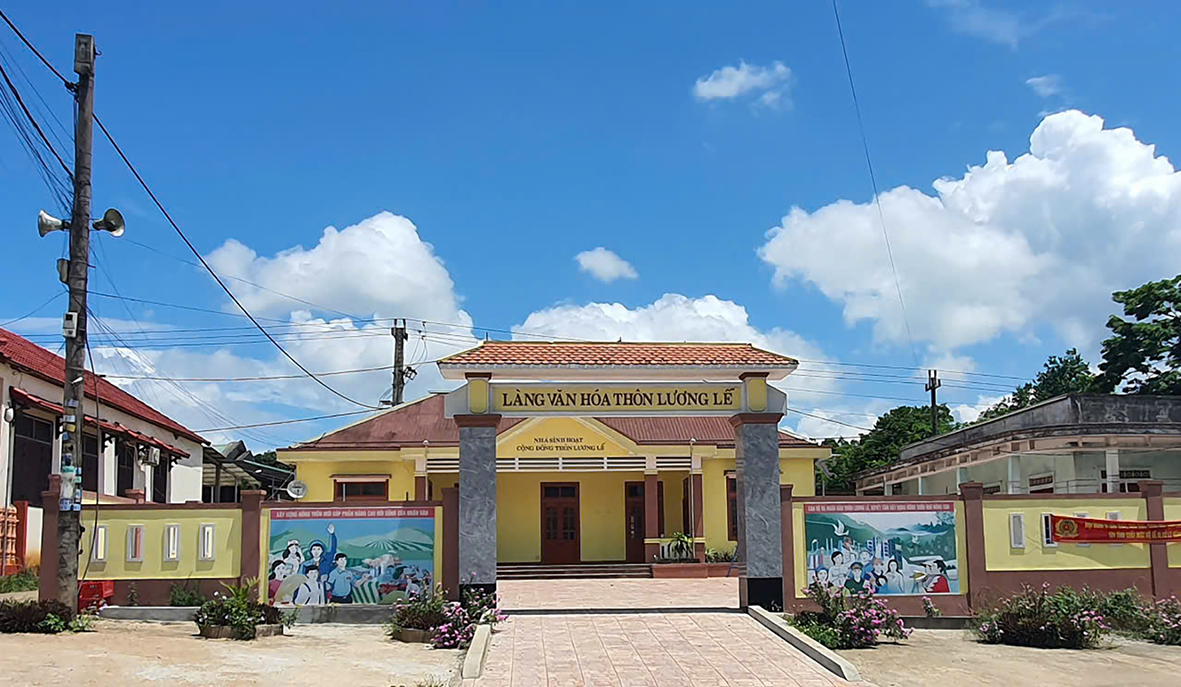
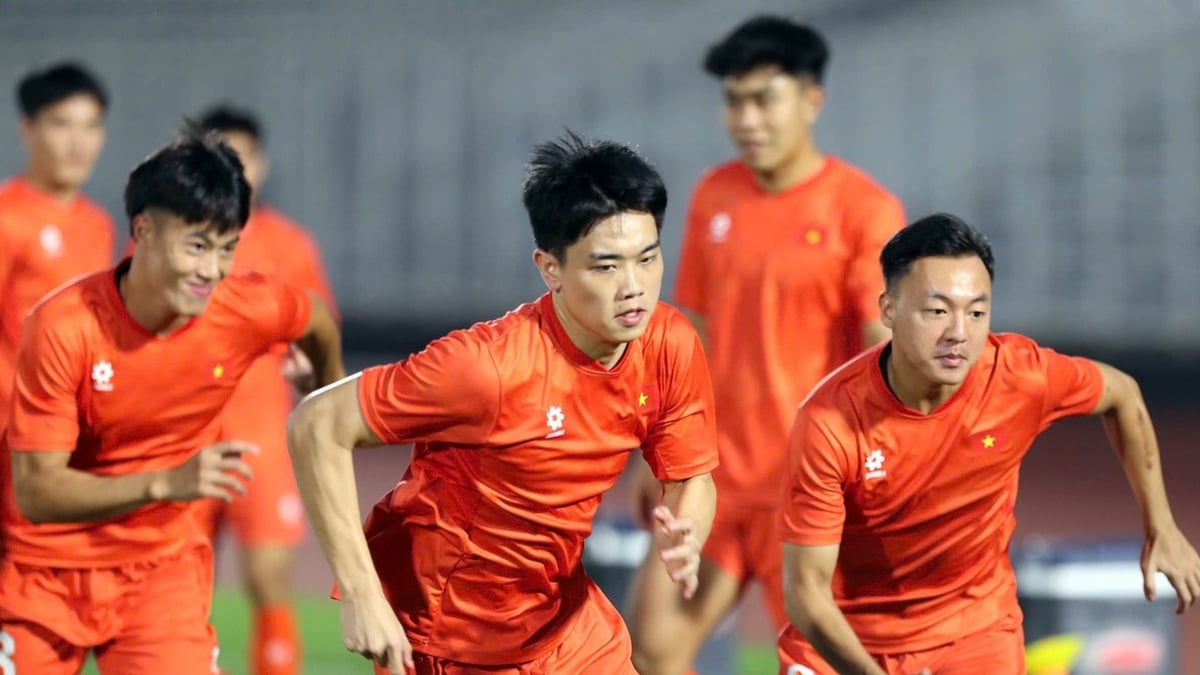

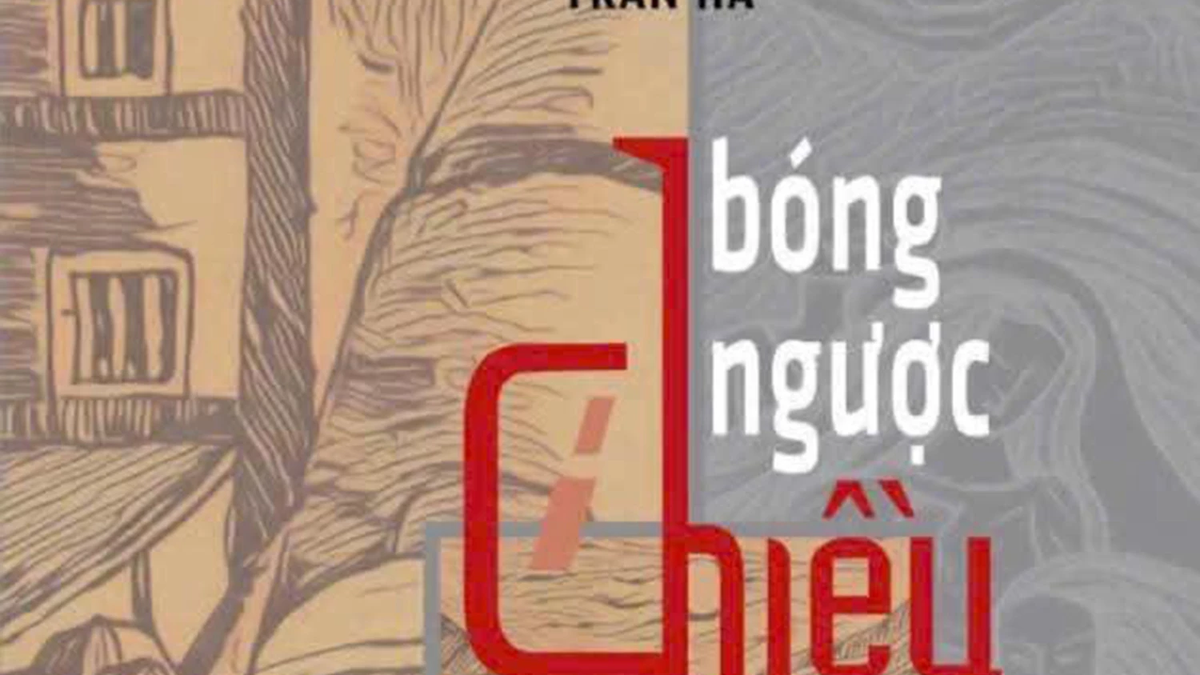
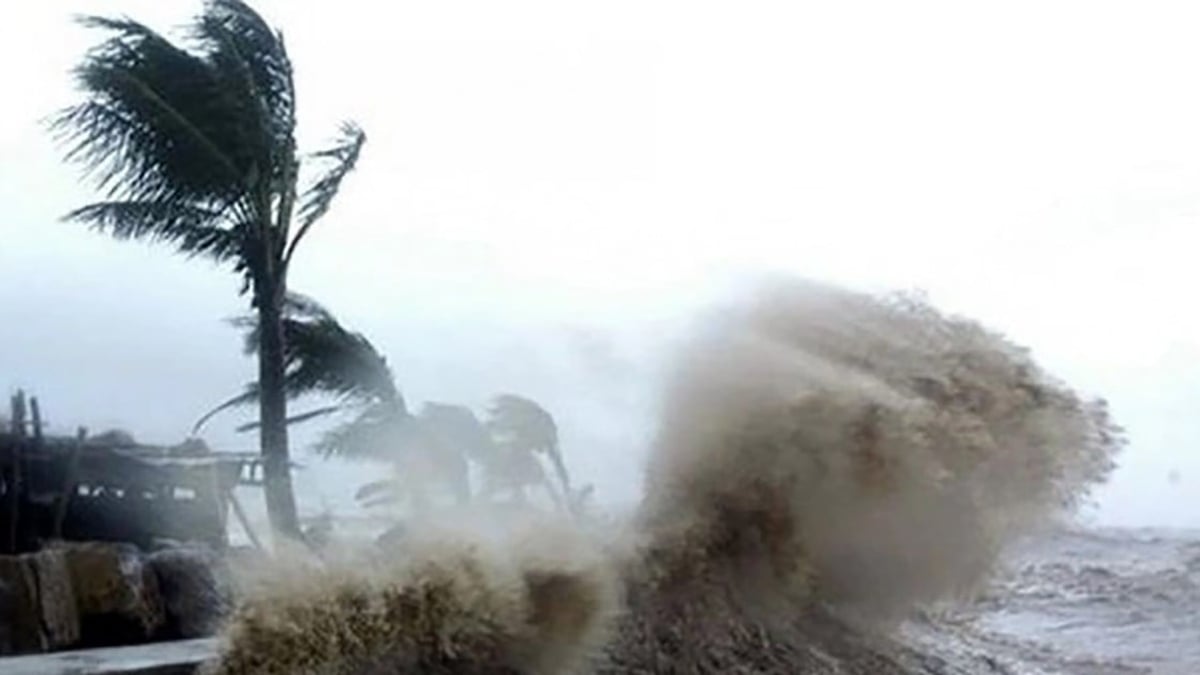
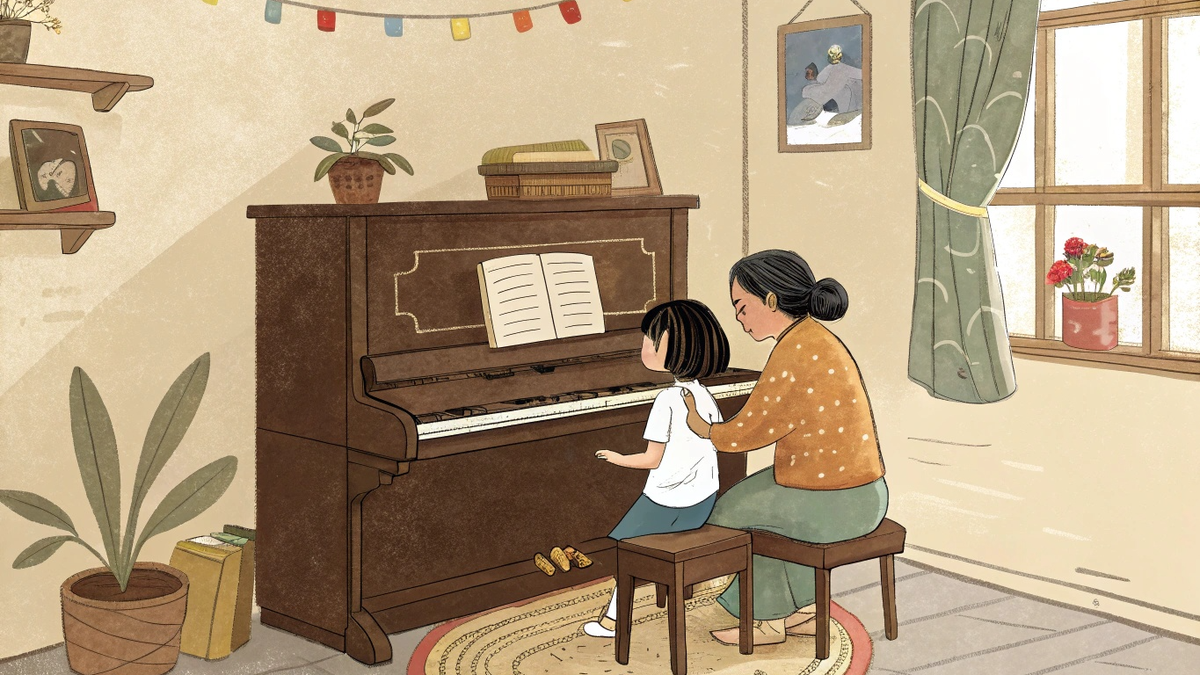

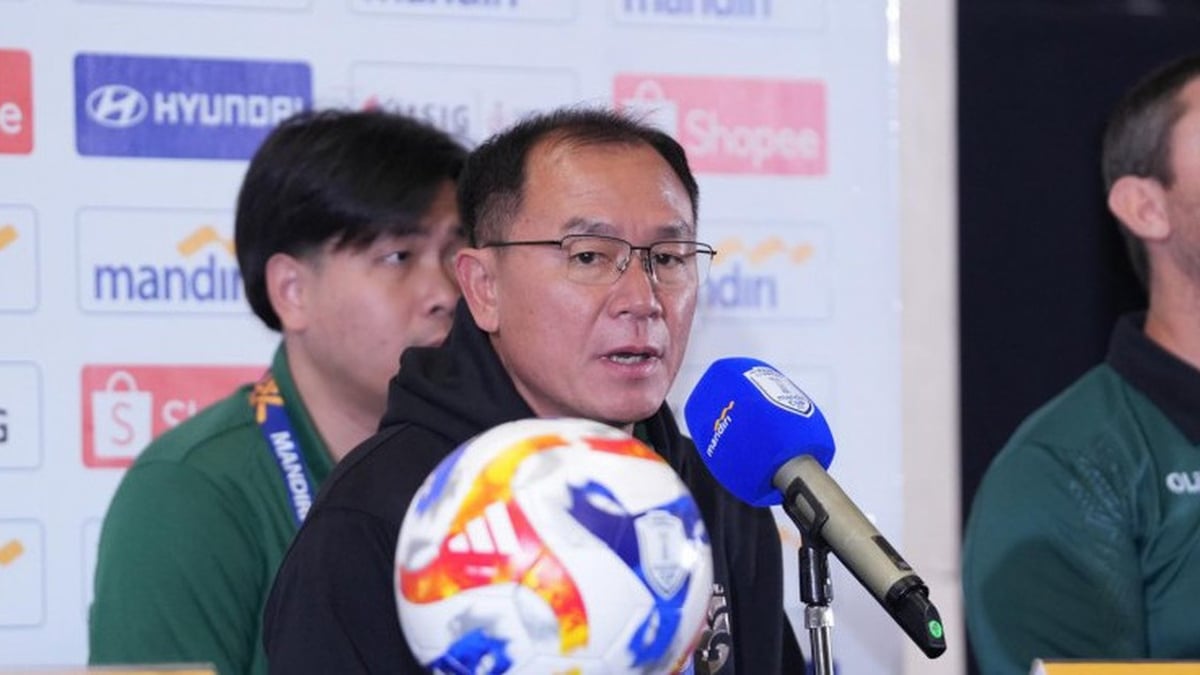
![[Video] More than 100 universities announce tuition fees for the 2025–2026 academic year](https://vphoto.vietnam.vn/thumb/1200x675/vietnam/resource/IMAGE/2025/7/18/7eacdc721552429494cf919b3a65b42e)
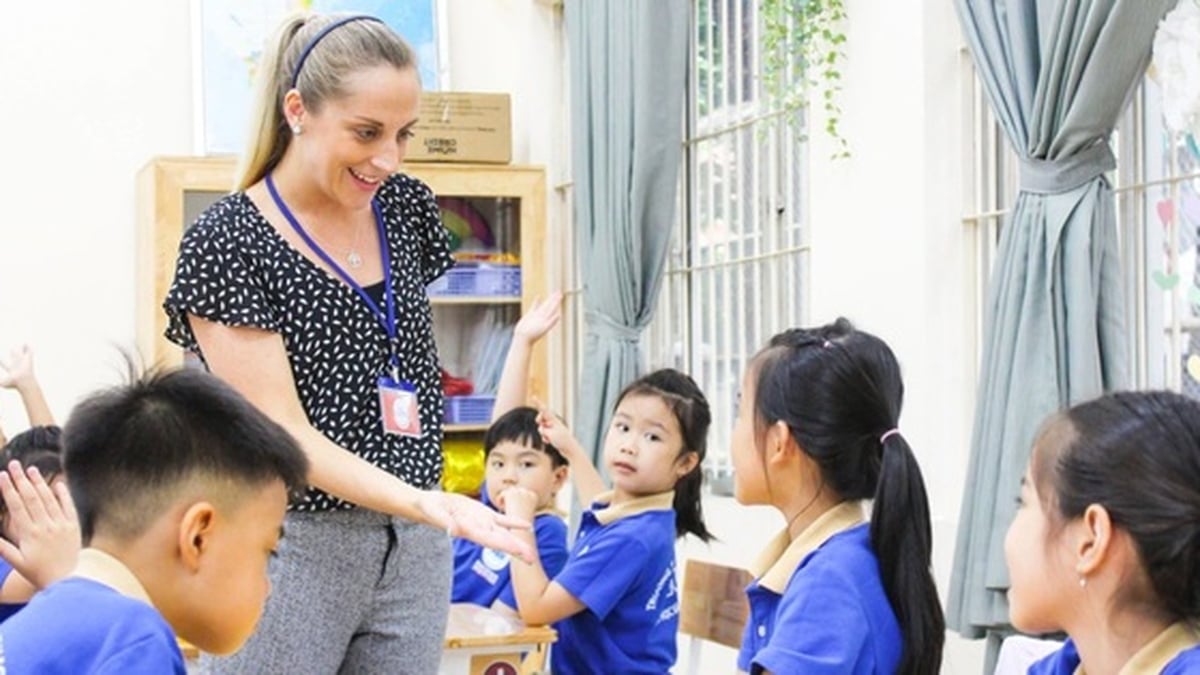


















































































![[Infographic] In 2025, 47 products will achieve national OCOP](https://vphoto.vietnam.vn/thumb/402x226/vietnam/resource/IMAGE/2025/7/16/5d672398b0744db3ab920e05db8e5b7d)





Comment (0)